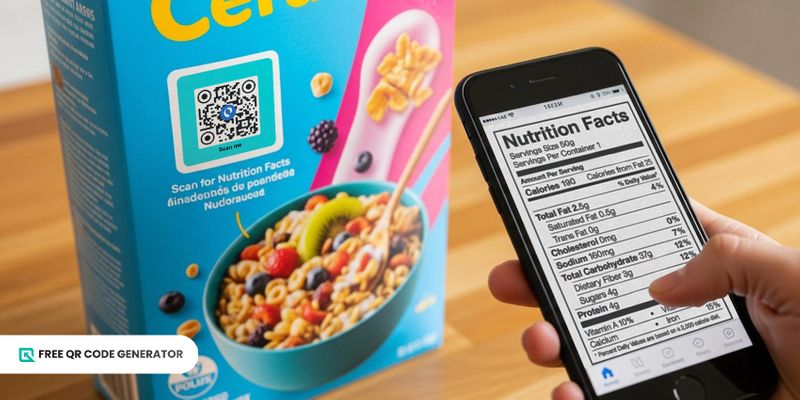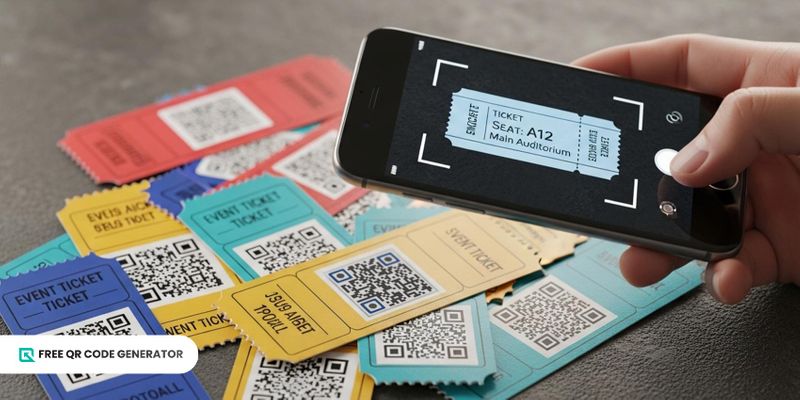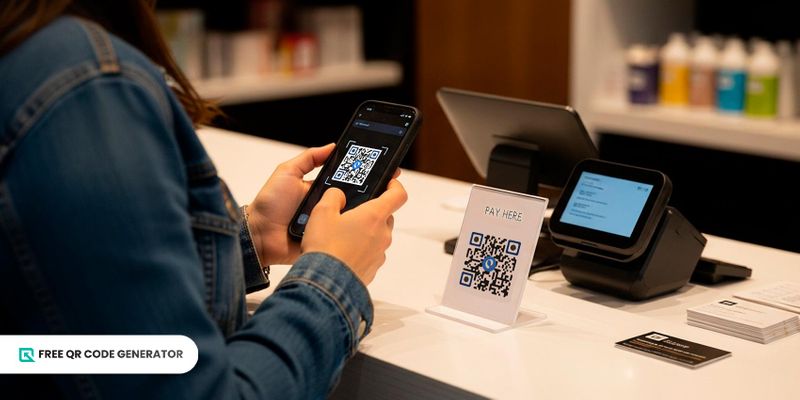Businesses can place QR codes on products to provide customers with additional information, such as ingredients, usage instructions, and product reviews.
Admit it, these are crucial information that most consumers look for in a product and most of the time, they don’t fit into the product packaging which could impact buying behaviors.
But with a printed QR code in your packaging, the amount of data you can provide is massive.
Benefits of using QR codes
And if it doesn’t convince you yet, here are far more better reasons to try QR codes:
- Ease of use: QR codes are quick and easy to use, requiring only a smartphone and a QR code reader app. They eliminate the need for manual data entry and provide instant access to information.
- Increased efficiency: QR codes can automate processes, reducing the time and effort required to access information or complete transactions.
- Improved tracking: The QR code tracking features allow businesses to monitor customer behavior and gather data, which can improve marketing strategies and customer experiences.
- Accessibility: Provide a convenient and accessible way to access information with just one QR code scan, making them ideal for use in public spaces, on products, and on advertising campaigns.
- Increased security: Secure access to sensitive information using QR codes, such as medical records, financial information, and event tickets.
- Customization: Marketers can customize QR code with colors, logos, and designs, making them a versatile and effective marketing tool.
A guide to best practices when using QR codes
By following these best practices when using a QR code maker or software, businesses and organizations can effectively use QR codes:
1. Ensure the QR code is easily scannable: The QR code should be large enough to be easily scanned and in a location where it is visible.
2. Provide a clear call to action: Make sure that users know what to expect when they scan the QR code. Provide a clear call to action, such as “Scan for more information” or “Scan to access the event.”
3. Test the QR code: Run a test scan on the QR code to ensure it directs users to the correct information or landing page.
4. Make sure the landing page is mobile-friendly: The landing page that the QR code directs users to should be optimized for mobile devices, providing a positive user experience.
5. Use unique QR codes for each campaign or event: Create unique QR codes for each campaign or event to track the success of each and gather data.
6. Track and analyze QR code usage: Use tools to track and analyze QR code usage, such as Google Analytics, to gather data and improve future campaigns.
7. Keep the QR code design simple: Maintain the QR code design simple to avoid confusion and improve scan rates.
Create a QR code using the free QR code generator today
QR codes have become an essential tool for businesses, organizations, and individuals in the digital age.
With their versatility, ease of use, and ability to automate processes and track customer behavior, QR codes offer numerous benefits that make them a valuable tool for improving efficiency and engagement.
Whether used for marketing and advertising, event and ticketing, transportation, payment, healthcare, education, or product information, QR codes offer a convenient and accessible way to access information and connect with customers.
Stay ahead of the curve and leverage the latest technology to improve your business or organization. Consider incorporating QR codes into your strategy today!
Frequently asked questions (FAQs)
What do the letters QR stand for?
The QR in QR code means “Quick Response”
What happens when I scan a QR code?
Upon scanning a QR code, you will see the embedded data. For files, like images or PDFs, you will immediately see the file. But for links, there would be previews, you will see the link first and up to you to proceed.






